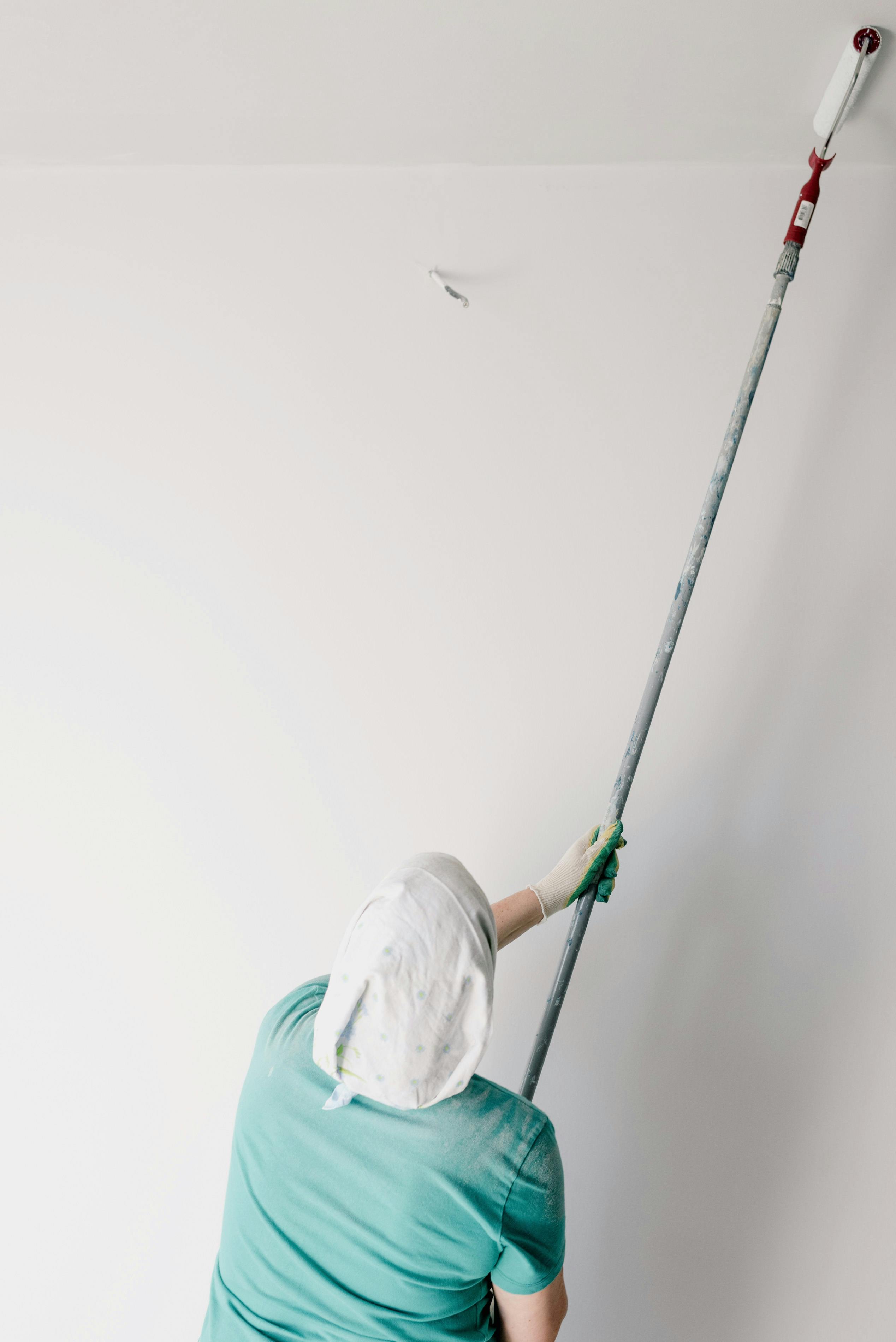
"Introduction"
When it comes to home improvement and repairs, knowing the drying times for different types of wall fillers is critical. Whether you're patching holes, repairing cracks, or smoothing surfaces, understanding how long it takes for filler to dry can save you time and avoid unnecessary frustrations. This in-depth guide provides comprehensive information about wall fillers, their types, and the relevant dry times to assist you in planning your DIY projects more effectively.
"Understanding Wall Fillers"
Wall fillers are a handyman's staple item. They are primarily used to fill holes, smooth out uneven surfaces, and prepare walls for painting or wallpapering. Wall fillers come in different types, each with unique properties and drying times. The type you choose depends on the work you're undertaking. The three main types of fillers are powdered filler, ready-mixed filler, and light-grade filler.
"Powdered Fillers: Durability and Efficiency"
Powdered fillers are an ideal choice for more extensive repairs. They have excellent adherence properties and provide durable, long-lasting results. Once mixed with water, powdered fillers create a pliable paste that’s easy to work with. A stand-out feature of this type of filler is its hard-wearing nature, resisting cracking and shrinking, even for more substantial repairs.
However, this strength comes with longer drying times. On average, powdered fillers take between 1-2 hours to set and 24 hours or more to dry completely. This drying time can be influenced by the thickness of the applied layer and the humidity and temperature of the environment.
"Ready-Mixed Fillers: Convenience and Speed"
For those seeking convenience, ready-mixed fillers are a perfect choice. As the name implies, these fillers come pre-mixed, saving you the hassle and mess of mixing. They are ideal for smaller repairs and filling minor cracks or holes.
Ready-mixed fillers are quick-drying options, often setting within 30 minutes to an hour. Complete drying typically occurs in around 2-3 hours, although, like powdered fillers, this drying time is subject to varying environmental conditions.
"Light-Grade Fillers: Fleeting Fixes and Touch-ups"
If you're dealing with superficial defects or desire a smooth finish for your walls, light-grade fillers are what you need. They are easy to sand and perfect for touch-ups prior to final paint jobs or wallpapering. This type of filler sets rapidly, typically within 15-30 minutes, and dries completely in 1-2 hours.
"Testing for Dryness: Ensure the Perfection in Your Project"
One key aspect of working with fillers that homeowners often overlook is testing for dryness. Even though there are average drying times, it's always prudent to ensure that your filler is entirely dry before moving on to the next stage of your project. There are three simple ways to test for dryness: touch, color, and the knife test.
"Conclusion: Empowering Your Home Improvement Projects"
Knowledge about different types of wall fillers, their properties, and drying times is a powerful tool for every DIY enthusiast. It empowers you to plan your home improvement projects better, ensuring you achieve flawless results every time. Remember, drying times can vary based on multiple factors, and testing for dryness is a crucial step in the process. Through careful planning and patience, transforming your living space with a new paint job or wallpaper can be an enjoyable and rewarding DIY task.
And there we have it - a comprehensive guide on how long it takes for different types of wall fillers to dry. So next time you're patching up your drywall or prepping your walls for a new look, you'll know exactly what to expect and how to proceed. Happy decorating!